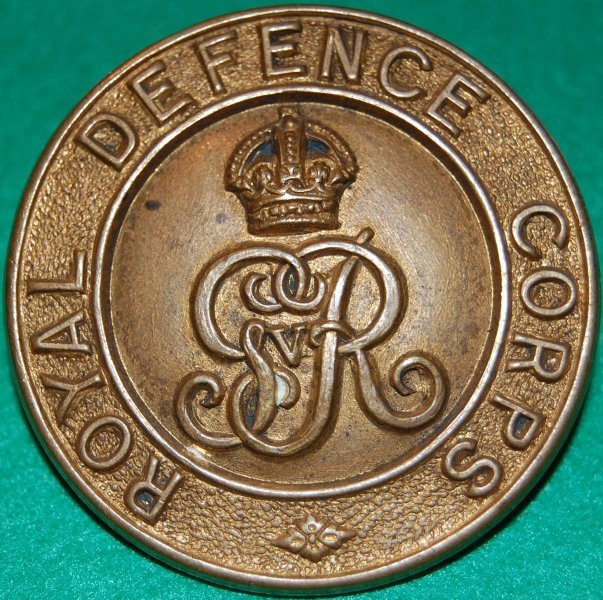Personal Details
Born: 27th March 1898, baptised at Whitchurch Unitarian Church April 18th.
Family: Eldest of six children born to William Edwin & Ada. In 1927 he married Gladys Bennett in Market Drayton, Shropshire. They did not appear to have any children.
Residence: At the time of his baptism the family were living at 15 Highgate, Whitchurch, Shropshire. They were at the same address in 1901 but by 1911 they had moved to 15 Liverpool Street, Whitchurch, Shropshire. In 1939 Frank and his wife were living at 2 Old Wharf, Market Drayton, Shropshire.
Employment: In November 1914 he was listed in the British Postal Service Appointment Books as an assistant postman in Whitchurch, Shropshire. In 1939 he was still working for the Postal Service, then as a postman driver.
Died: 1960 aged 62 in Whitchurch, Shropshire
Military Details
Regiment: Royal Defence Corps (previously Cheshire Regiment and King’s Shropshire Light Infantry)
Rank: Acting Corporal
Service Number: 88139 (previously 51651 and 25522)
Date of Enlistment: Not Known
Date of Discharge: 13 January 1920
Reason for Discharge: Not known
Other Information: Gunshot Wound Left Elbow. Treated at 18th General Hospital during 1918.
Frank was awarded the Campaign Medals (British War Medal, and Victory Medal).

The British War Medal (also known as 'Squeak') was a silver or bronze medal awarded to officers and men of the British and Imperial Forces who either entered a theatre of war or entered service overseas between 5th August 1914 and 11th November 1918 inclusive. This was later extended to services in Russia, Siberia and some other areas in 1919 and 1920. Approximately 6.5 million British War Medals were issued. Approximately 6.4 million of these were the silver versions of this medal. Around 110,000 of a bronze version were issued mainly to Chinese, Maltese and Indian Labour Corps. The front (obv or obverse) of the medal depicts the head of George V. The recipient's service number, rank, name and unit was impressed on the rim.
The Allied Victory Medal (also known as 'Wilfred') was issued by each of the allies. It was decided that each of the allies should each issue their own bronze victory medal with a similar design, similar equivalent wording and identical ribbon. The British medal was designed by W. McMillan. The front depicts a winged classical figure representing victory. Approximately 5.7 million victory medals were issued. Interestingly, eligibility for this medal was more restrictive and not everyone who received the British War Medal ('Squeak') also received the Victory Medal ('Wilfred'). However, in general, all recipients of 'Wilfred' also received 'Squeak' and all recipients of The 1914 Star or The 1914/1915 Star (also known as 'Pip') also received both 'Squeak' and 'Wilfred'. The recipient's service number, rank, name and unit was impressed on the rim.

